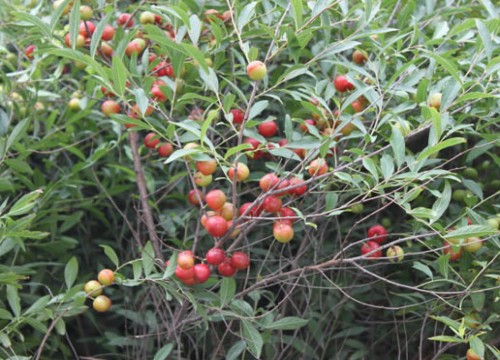What are the propagation methods of pot sowing and propagation techniques of lotus
Sowing and propagation means that lotus seeds (lotus seeds) save lotus root, labor and money, convenient transportation, easy operation, strong life after planting, and can propagate rapidly in a large area. However, lotus seedlings are prone to variation and can not maintain the good characters of varieties, so they are generally used to cultivate new varieties.
The technology of sowing and reproduction was recorded in detail in the method of planting Lotus Seeds in Jia sixie's Qi Min Yao Shu in the 6th century. The main points are as follows: first, when picking lotus seeds for sowing, the pericarp must be blackened and fully mature; second, lotus seeds should be treated to destroy the hard pericarp tissue to facilitate water infiltration and promote germination without damaging lotus flesh. Third, before sowing in the pond, the lotus seeds are wrapped in thick clumps of mud one by one, so that the lotus seeds will not drift after submerging water. Once sprouted, the young roots are rooted in the mud. The whole set of basic technology has been used so far, and it has not left its family.
Combined with the breeding of new varieties, the lotus seeds with small plant type flowers should be selected and sown. The Yangtze River basin can be sown from late April to late August. No matter sowing early or late, some varieties can blossom in the same year. Before sowing, cut the bottom of the lotus seed so as not to hurt the cotyledons and soak the seeds at room temperature to sprout. Germinate in about 5 days, grow 2-3 young leaves in 20 days or so, and have young roots at the same time, which can be sown in the open mud basin. When the temperature is suitable (20-24 ℃), when the seeds are soaked and germinated, the seeds can be sowed in advance and the whole seedlings can be obtained.
An unperforated flowerpot (caliber 14-17cm) for sowing, containing fertile thin pond mud with a depth of 3 to 5 pots. Lie the lotus seed on the edge of the flowerpot and gently press into the mud to let the pericarp show slightly. One or two days later, the lotus seedlings were fixed in the mud before pouring a small amount of water. At this time, if the petiole of young leaves is scorched by sunburn, as long as the new buds are green, they can still regenerate leaves. After that, as the seedlings gradually grow up, the water level continues to rise.
- Prev

Mastering the method of cultivation and reproduction sexual reproduction of Gardenia jasminoides seeds
Gardenia jasminoides is the fruit of Gardenia jasminoides in Rubiaceae. Gardenia jasminoides is used as medicine with ripe fruit. With the effect of purging fire and removing annoyance, clearing heat and diuresis, cooling blood and detoxification, it is a variety of commonly used traditional Chinese medicine. In addition to medicinal uses, gardenia flowers can also be eaten and made into spices, and seeds can be extracted and refined.
- Next

Master the method of cultivation and propagation, the sowing method of potted Coptis chinensis
In recent years, in late autumn, there are always people who are keen to go to other places to watch red leaves. In fact, the leaves of Coptis chinensis, a native red-leaf tree, are more beautiful than those of yellow, maple, and maple trees from other places. So, how to sow the bonsai of Coptis chinensis
Related
- Fuxing push coffee new agricultural production and marketing class: lack of small-scale processing plants
- Jujube rice field leisure farm deep ploughing Yilan for five years to create a space for organic food and play
- Nongyu Farm-A trial of organic papaya for brave women with advanced technology
- Four points for attention in the prevention and control of diseases and insect pests of edible fungi
- How to add nutrient solution to Edible Fungi
- Is there any good way to control edible fungus mites?
- Open Inoculation Technology of Edible Fungi
- Is there any clever way to use fertilizer for edible fungus in winter?
- What agents are used to kill the pathogens of edible fungi in the mushroom shed?
- Rapid drying of Edible Fungi

